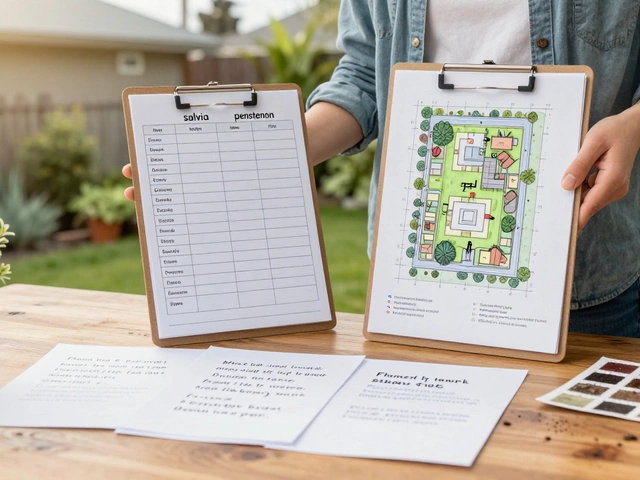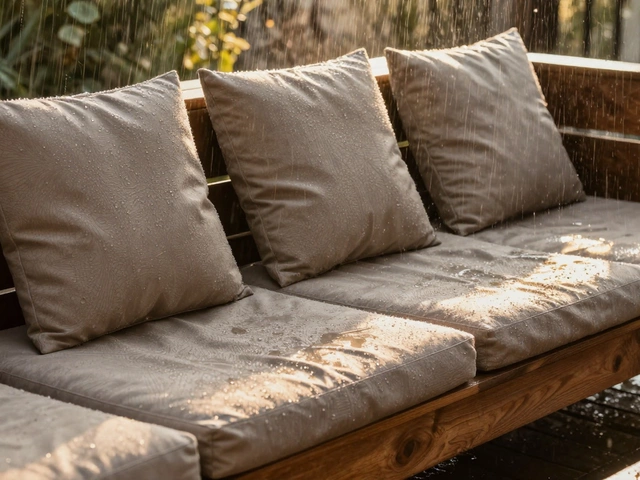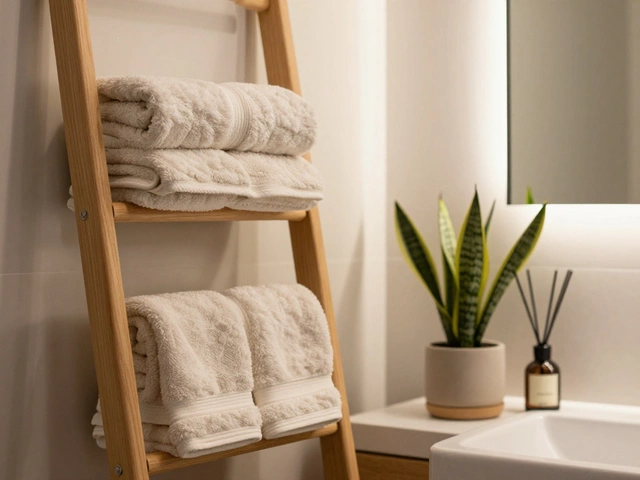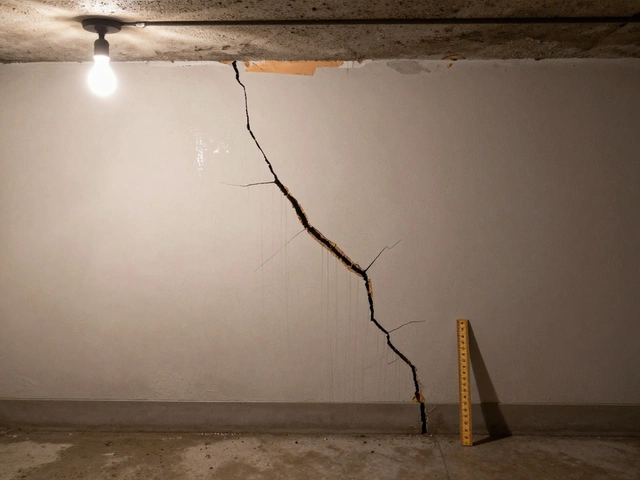Furniture Care: Practical Tips for Longevity and Style
When working with furniture care, the set of habits and techniques that keep pieces looking fresh, functional, and safe. Also known as furniture maintenance, it involves cleaning, protection, and timely repairs. Furniture care isn’t just a chore; it’s a way to extend the life of the items you love while saving money. The process includes regular dusting, polishing, and prompt repair of scratches – a simple triple that makes any surface last longer.
One often‑overlooked side of mold prevention, methods to stop moisture and fungi from damaging wood and upholstery is controlling indoor humidity. Keep a dehumidifier in damp rooms, use breathable slipcovers, and avoid placing furniture directly on concrete floors. By managing moisture, you create an environment where mold can’t thrive, which directly supports long‑term furniture care.
Another valuable piece of the puzzle is upcycling, the process of turning old or damaged furniture into something new and useful. Upcycling gives tired pieces a fresh purpose, reduces waste, and often introduces new textures that require different maintenance routines. Whether you repaint a dated dresser or refinish a coffee table, the act of upcycling reshapes how you approach cleaning and protection, linking creativity with practical care.
Common Threats and How to Tackle Them
Even the best‑kept sofa can fall prey to furniture mites, tiny pests that can cause allergies and damage fabrics. Spotting them early means checking seams, cushions, and hidden corners for tiny specks or a fine dust. A quick vacuum with a HEPA filter, followed by a light steam treatment, will break their life cycle without harming your upholstery. This simple step keeps your home healthier and preserves fabric integrity.
Beyond pests, everyday wear is inevitable. Simple habits like using coasters, rotating cushions, and avoiding direct sunlight can prevent uneven fading and wear. When you notice a loose joint, tighten it before the wood splits – a tiny adjustment that saves an entire leg. These micro‑actions illustrate how small, consistent effort is the backbone of effective furniture care.
Storage plays a starring role, too. When you need to tuck a table away for the season, wrap it in breathable cloth, elevate it on pallets, and keep it in a cool, dry room. Proper storage supports mold prevention, reduces risk of scratches, and ensures the piece is ready to use when you bring it back out. Think of storage as an extension of cleaning: both aim to protect the material from harmful elements.
Now that you’ve seen how cleaning, moisture control, pest management, and smart storage intertwine, the next step is applying these ideas to the specific pieces in your home. Below you’ll find articles that dive deeper into each area – from a step‑by‑step guide on modernizing an old table to a quick check‑list for spotting furniture mites. Each post adds a layer of detail, giving you a well‑rounded toolbox for any furniture challenge.
Ready to explore concrete tricks, budget‑friendly upgrades, and seasonal maintenance schedules? The collection below covers everything from DIY table makeovers to the best practices for keeping stored sofas mold‑free. Use the insights you’ve just read as a roadmap, then click into the articles that match your current project. Your furniture will thank you.
Couch Lifespan: How Long Can Your Sofa Actually Last?
Ever wondered how long your couch is supposed to last? This article breaks down the average lifespan of a sofa, what really impacts how long it will keep looking good, and ways to stretch those years. If you're tired of watching your sofa crumble way too soon, you'll find out what makes some couches outlive others—and when it's actually time to cash in for a new one. We’re looking at couch care, material choices, common warning signs, and smart buying tips.
full article




